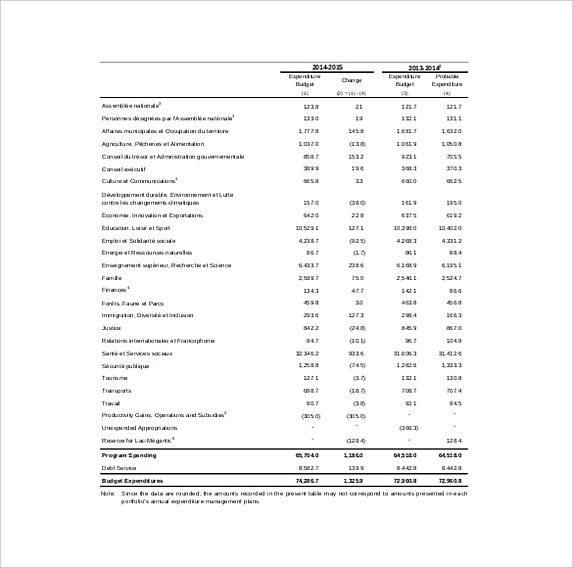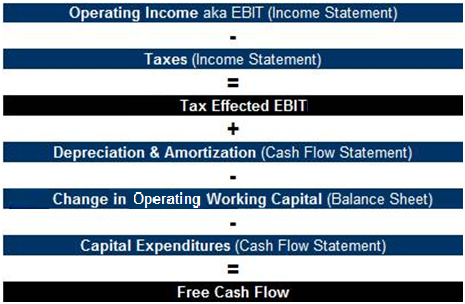Capital Expenditure
A capital expenditure (CAPEX) is the money companies use to purchase, upgrade, or extend the life of an asset. Capital expenditures are designed to be used to invest in the long-term financial health of the company. Capital expenditures are a long-term investment, meaning the assets purchased have a useful life of one year or more.
What are examples of capital expenditures?
Capex Calculation measures the total expenditure on the purchase of assets by the company in a given period of the time and the same is calculated by adding a net increase in the value of the Plant, Property, and Equipment of the company during the year with the depreciation expense during the same period.
How to Calculate Capex?
When a company makes a purchase, it can be difficult to determine if it is an asset or if it is an expense. To simplify the decision, GAAP states that purchases must have an expected useful life of more than one year to be considered capital expenditures. An ongoing question for the accounting of any company is whether certain costs incurred should be capitalized or expensed. Costs which are expensed in a particular month simply appear on the financial statement as a cost incurred that month. Costs that are capitalized, however, are amortized or depreciated over multiple years.
Most ordinary business costs are either expensable or capitalizable, but some costs could be treated either way, according to the preference of the company. Capitalized interest if applicable is also spread out over the life of the asset. Sometimes an organization needs to apply for a line of credit to build another asset, it can capitalize the related interest cost.

Instead of recognizing the expense for an asset all at once, companies can spread the expense recognition over the life of the asset. Assets generally look better on a financial statement compared to expenses, so many companies try to capitalize as many related expenses as they can.
The Financial Accounting Standards Board, which sets the standards for GAAP, states that assets deliver a probable future benefit. On the other hand, expenses result in “using up” assets, such as cash, to produce goods and services.

Do Capital Expenditures Immediately Affect the Income Statement
In accounting, a capital expenditure is added to an asset account, thus increasing the asset’s basis (the cost or value of an asset adjusted for tax purposes). Capex is commonly found on the cash flow statement under “Investment in Plant, Property, and Equipment” or something similar in the Investing subsection. Capital expenditures are negative because they are amounts that are being subtracted from your balance sheet, or represent a negative capital expenditure on cash flow statements. Sometimes called capital outlays, capital expenditures are used to purchase assets that will serve your business for longer than one year.
How to Calculate CapEx
- Capital expenditures are the funds used to acquire or upgrade a company’s fixed assets, such as expenditures towards property, plant, or equipment (PP&E).
The money can also be spent to improve an existing asset and extend its usable life. Expanding an office complex, upgrading factory equipment or installing wireless internet in a rental property could all qualify. Money spent on repairs and maintenance is not a capital expenditure and can be written off as a business expense the year it’s paid out. CapEx can tell you how much a company is investing in existing and new fixed assets to maintain or grow the business.
Accounting Rules spreads out a couple of stipulations for capitalizing interest cost. Organizations can possibly capitalize the interest given that they are building the asset themselves; they can’t capitalize interest on an advance to buy the asset or pay another person to develop it. Organizations can just perceive interest cost as they acquire costs to develop the asset. CapEx – Capital expenditures are not fully deducted in the accounting period they were incurred.
Expenses for items such as equipment that have a useful life of less than one year, according to IRS guidelines, must be expensed on the income statement. A capital expenditure is a purchase that a company records as an asset, such as property, plant or equipment.
The amount of capital expenditures a company is likely to have depends on the industry it occupies. as “Purchases of property and equipment, including internal-use software and website development” is really its capital expenditures for the periods. On the cash flow statement, these investments are listed as negative numbers (outflows of cash), so in 2017 the company invested $11,955 million.
Capital expenditures are the funds used to acquire or upgrade a company’s fixed assets, such as expenditures towards property, plant, or equipment (PP&E). In the case when a capital expenditure constitutes a major financial decision for a company, the expenditure must be formalized at an annual shareholders meeting or a special meeting of the Board of Directors.
On the balance sheet, locate the current period’s property, plant, and equipment (PP&E) line-item balance. Capex made by an entity is majorly reflected in the Non-current assets, property, plant and equipment section of the balance sheet of the entity. Also, the amount of cash outflow made by the company on capital expenditure is shown in the cash flow from investing activities section in the Statement of cash flows.
Aside from analyzing a company’s investment in its fixed assets, the CapEx metric is used in several ratios for company analysis. The cash-flow-to-capital-expenditure ratio, or CF/CapEX ratio, relates to a company’s ability to acquire long term assets using free cash flow. The cash-flow-to-capital-expenditures ratio will often fluctuate as businesses go through cycles of large and small capital expenditures. Operating expenses are shorter-term expenses required to meet the ongoing operational costs of running a business. Unlike capital expenditures, operating expenses can be fully deducted on the company’s taxes in the same year in which the expenses occur.
Capex Calculation
Generally Accepted Accounting Principles, or GAAP, provide companies guidance on how to record the initial purchase and subsequent asset expenses. You can also calculate capital expenditures by using data from a company’s income statement and balance sheet. On the income statement, find the amount of depreciation expense recorded for the current period.
What Is the Formula for Calculating Free Cash Flow?
In other words, they are not fully subtracted from the revenue when computing the profits or losses a business has made. However, intangible assets are amortized over their lifespan while the tangible ones are depreciated over their life cycle. All monies spent to get new inventory, including machinery or intellectual property, are grouped under CapEx spendings.
CapEx can be found in the cash flow from investing activities in a company’s cash flow statement. Different companies highlight CapEx in a number of ways, and an analyst or investor may see it listed as capital spending, purchases of property, plant, and equipment (PP&E), acquisition expense, etc.